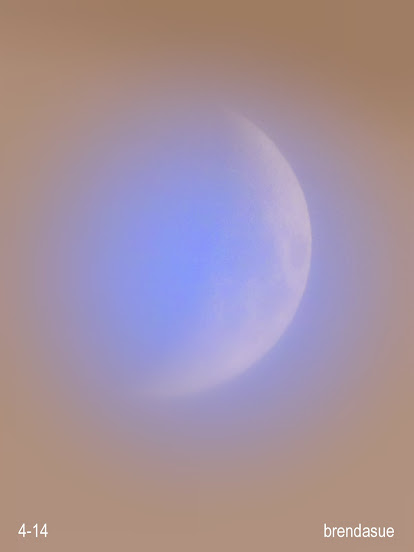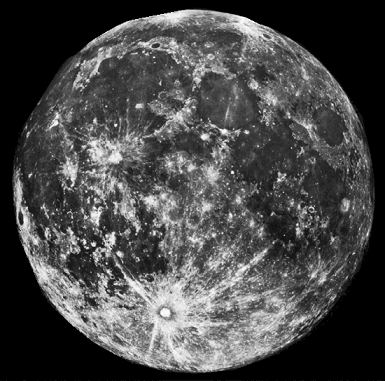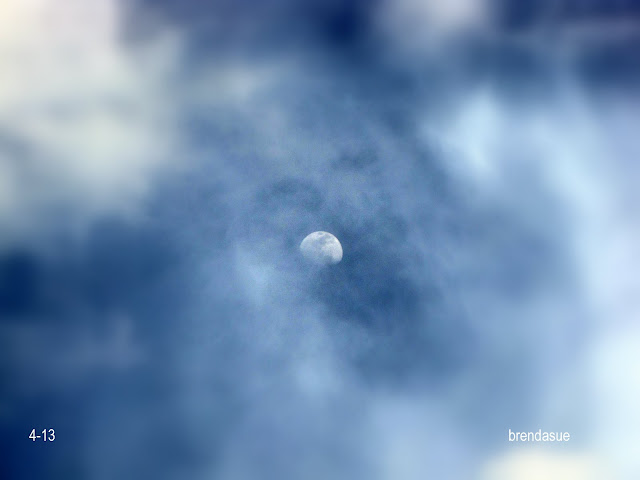Hi Everybody! Prepare to Dive!
WARNING: By entering this page, You will be exposed to Places You have never been before. You will see things You have never seen before. And, You will hear things You have never heard before! Come in with an open mind and be amazed!
We are Going Down! Way Down Under the Water! Have Fun!





Just Push Play>


Just Push Play>


Just Push Play>


Just Push Play>


Just Push Play>


Just Push Play>

IMAGE CREDITS FROM NATIONAL GEOGRAPHIC LINK:
http://ocean.nationalgeographic.com/ocean/photos/unique-sea-creatures/#/unique01-octopus_17464_600x450.jpg

Common Octopus
Photograph by Luis Miguel Cortes, My Shot
The common octopus is anything but ordinary. This most intelligent of the invertebrates uses an amazing suite of abilities to avoid predators like sharks, eels, and dolphins. A master of camouflage, the octopus can change color and shape to remain unseen, and release a “smoke screen” of black ink when spotted. Even if an octopus has been nabbed, the game isn’t over—it can simply shed an arm to escape trouble and regrow the appendage later.

Yeti Crab
Photograph by Ifremer A. Fifis, Census of Marine Life
The yeti crab is so unusual that a whole new family of animal had to be created to classify it. Kiwa hirsuta was found on the floor of the 7,540-foot-deep (2,300-meter-deep) Pacific Ocean some 900 miles (1,500 kilometers) south of Easter Island. In many ways the newly discovered species remains a mystery. Its hairy pincer arms host colonies of bacteria, which it may cultivate for food, for protection from toxic fluids issuing from nearby volcanic vents, or as “sensors” that help the blind animal find a mate.

Portuguese Man-of-War
Photograph by Jennifer Kiewit, Your Shot
Often mistaken for a jellyfish, the Portuguese man-of-war is actually made up of a colony of organisms working together. Its tentacles can extend 165 feet (50 meters) below the surface, although 30 feet (10 meters) is more the average.
http://ocean.nationalgeographic.com/ocean/photos/colossal-sea-creatures/#/biggest08-giant-isopod_17457_600x450.jpg

Giant Isopod
Photograph by David Schrichte/Seapics.com
Related to shrimp and crabs, the giant isopod is a deep-sea crustacean that makes its home on the ocean floor. It is the largest of the known isopods, which on land includes the relatively tiny pill bug.

Giant Clam Siphon
Photograph by Mike French, My Shot
A giant clam’s siphon is used to draw in water to filter and consume passing plankton. Though South Pacific legends describe clams that lie in wait to trap unsuspecting swimmers or swallow them whole, no account of a human death by giant clam has ever been substantiated.

Humboldt Squid
Photograph by Brian J. Skerry, National Geographic
Living hundreds of feet deep in the eastern Pacific, jumbo squid frequently rise to the surface and will attack anything—including divers. Their average size is about four to five feet (one to two meters) long and 150 to 200 pounds (70 to 90 kilograms), but some behemoths can reach twelve feet (four meters), including tentacles.

Peanut Worm
Photograph by Darlyne A. Murawski, National Geographic
The peanut worm has a proboscis that resembles an elephant’s trunk, as well as a mouth that boasts an impressive array of tentacles. This bottom burrower feeds on organic materials found in mud and sand, and when done feasting it can turn the proboscis inside out to retract it inside its body. Peanut worms are often tiny but can reach 1.5 feet (0.5 meters) in length.

Spaghetti Worm
Photograph by Darlyne A. Murawski, National Geographic
This studio shot reveals a spaghetti worm’s body, which typically lies hidden in sediment or rocky crevices while its food-gathering tentacles wave overhead. Though the worm’s body is only 6 inches (15 centimeters) long, its tentacles may spread out over six times that length. Spaghetti worm tentacles employ grooves to channel small organic particles to the worm’s mouth, or simply grab and stuff larger morsels. If a tentacle is lost or snapped up by a fish, a new one can be grown to take its place.

Mosaic Jellyfish
Photograph by Melissa Fiene, My Shot
A mosaic jellyfish floats serenely in the waters of the Coral Sea, about 100 nautical miles from Cairns, Australia. Jellyfish are ubiquitous in the Earth’s oceans. They can thrive in warm water and cold, along coastlines or out in the deep. Their bodies are about 95 percent water. And though they have no brains, jellyfish have somehow been smart enough to survive for over 500 million years.

Purple-Striped Jellyfish
Photograph by David Doubilet, National Geographic
A large, purple-striped jellyfish floats in the waters of California’s Monterey Bay, where they sometimes arrive en masse. This jelly can grow up to three feet (one meter) in diameter and appear rather formidable. But its stinging tentacles are used to bring in mostly smaller prey, including zooplankton, larval fish, and fish eggs.

Jelly-Riding Crab
Photograph by Hannah Johnson, My Shot
A crab clings to its floating host as both are swept out to sea near Wrightsville Beach, North Carolina. One role jellyfish play in the marine ecosystem is the transport of other animals across the ocean.

Frilled Shark
Photograph by Awashima Marine Park, Getty Images
Humans rarely encounter frilled sharks, which prefer to remain in the oceans' depths, up to 5,000 feet (1,500 meters) below the surface. Considered living fossils, frilled sharks bear many physical characteristics of ancestors who swam the seas in the time of the dinosaurs. This 5.3-foot (1.6-meter) specimen was found in shallow water in Japan in 2007 and transferred to a marine park. It died hours after being caught.

Fangtooth Fish
Photograph by David Wrobel, SeaPics
The nightmarish fangtooth is among the deepest-living fish ever discovered. The fish's normal habitat ranges as high as about 6,500 feet (2,000 meters), but it has been found swimming at icy, crushing depths near 16,500 feet (5,000 meters). Fangtooth fish reach only about six inches (16 centimeters) long, but their namesake teeth are the largest, proportionate to body size, of any fish.

Vampire Squid
Photograph by Kim Reisenbichler, National Geographic
Vampire squid is an apt name for a creature that lurks in the lightless depths of the ocean. Comfortable at 10,000 feet (3,000 meters) below the surface, these diminutive cephalopods navigate the blackness with eyes that are proportionately the largest of any animal on Earth. The species gets its name from its dark, webbed arms, which it can draw over itself like a cloak. It occupies the mesopelagic and bathypelagic regions of temperate and tropical world oceans. The animal's physiology has adapted to enable it to live at the very low oxygen levels found within the oxygen minimum layers of these regions.

Pacific Viperfish
Photograph by David Wrobel, SeaPics
The Pacific viperfish has jagged, needlelike teeth so outsized it can't close its mouth. These deep-sea demons reach only about 8 inches (25 centimeters) long. They troll the depths up to 13,000 feet (4,400 meters) below, luring prey with bioluminescent photophores on their bellies.

Wolffish
Photograph by Espen Rekdal, SeaPics
An orthodontist's dream, an Atlantic wolffish displays the hardware it uses to crush mollusks, shellfish, and sea urchins. These tough-looking predators swim as deep as 2,000 feet (600 meters) and range from the Scandinavian coast to Cape Cod to the Mediterranean.
Of course, one more great performance!
Just Push Play>
....this is brendasue signing off from Rainbow Creek. See You next time.
(Bonus)Just Push Play>
O+O !Love Ya!
Just Push Play>











